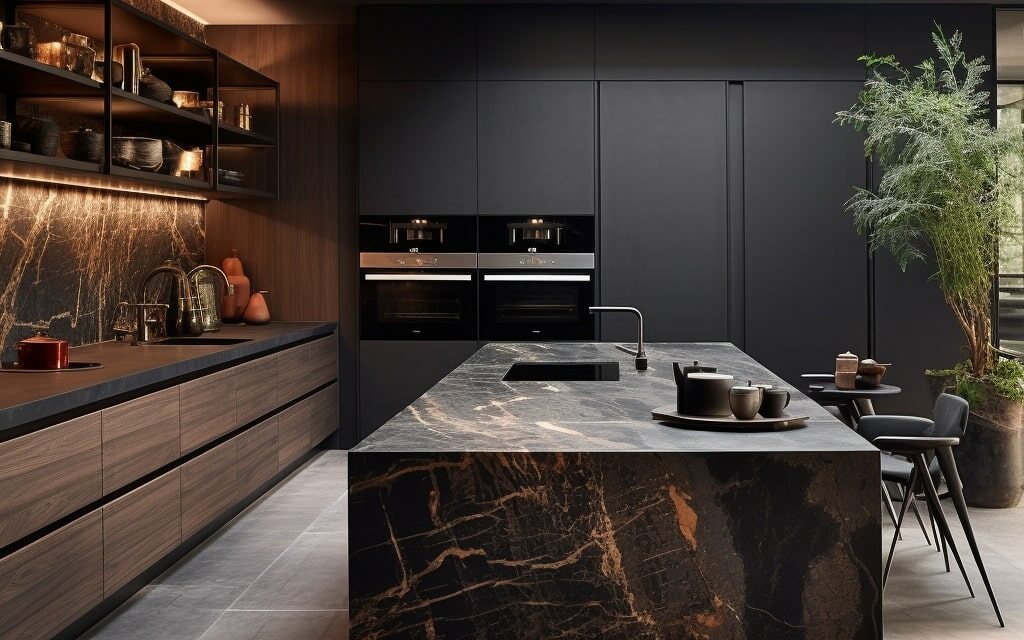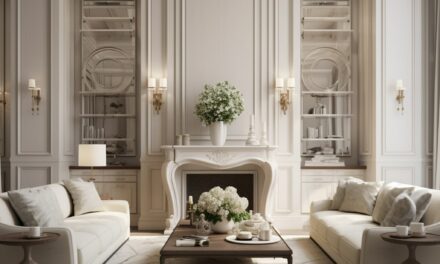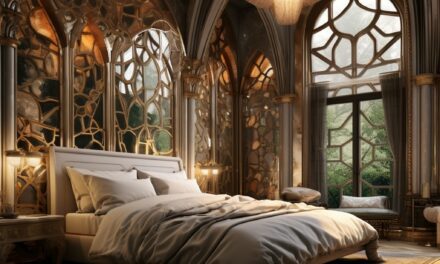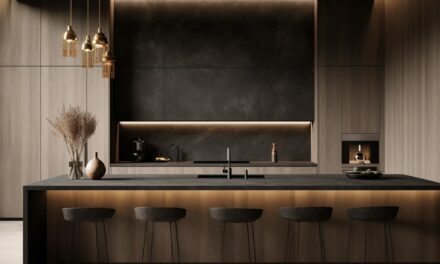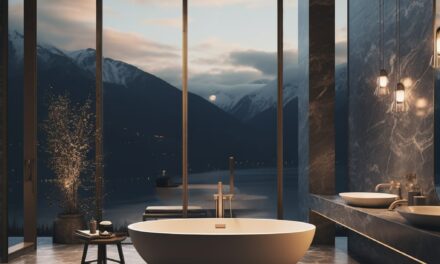Interior design is not just about making a space look good, but also about creating an atmosphere that complements its purpose. One of the essential elements of design is a focal point, which draws attention and serves as the visual centerpiece of a room. Understanding what a focal point is and how to use it effectively is key to designing beautiful and functional spaces.
In this section, we will explore the concept of a focal point in interior design, define what it means, and discuss why it is an essential element in design. Whether you are an experienced designer or a homeowner looking to add some visual interest to your living space, this guide will provide you with the knowledge and tools to create stunning focal points that enhance any interior.
What Is a Focal Point in Interior Design
A focal point in interior design is the visual center of a space, drawing immediate attention and acting as the primary point of interest.
Designers create focal points to anchor a room, create a sense of balance, and provide a sense of direction to the overall design. A well-placed and well-designed focal point can enhance the aesthetic appeal of a space, creating a lasting impression on those who enter it.
There are various types of focal points that designers can use, depending on the space and the design approach. Some common examples include:
| Type of Focal Point | Description |
|---|---|
| Architectural Focal Point | A built-in feature, such as a fireplace, staircase, or window, that becomes the central point of the space. |
| Decorative Focal Point | An object or element that serves as an accent piece, such as a piece of artwork, a unique piece of furniture, or a statement light fixture. |
| Color Focal Point | A bold use of color, such as an accent wall or brightly colored furnishings, that draws attention and provides visual interest. |
Tip: A Vignette is a great example of a focal point that allows your creativity to shine.
The Importance of Focal Points in Design
Now that we understand what a focal point is, let’s explore why it’s so important in design. Focal points serve several critical functions in interior design, including:
- Creating visual interest and drawing attention to specific areas of the space
- Balancing the overall design by providing a central point of focus
- Emphasizing the function of the space through strategic design
- Enhancing the aesthetic appeal of a space, creating a more memorable experience for those within it
A good focal point should not only capture attention but also enhance the functionality and ambiance of the space. The placement and design of a focal point can also impact the flow of traffic in a room, creating a natural movement and improving the overall usability of the space.
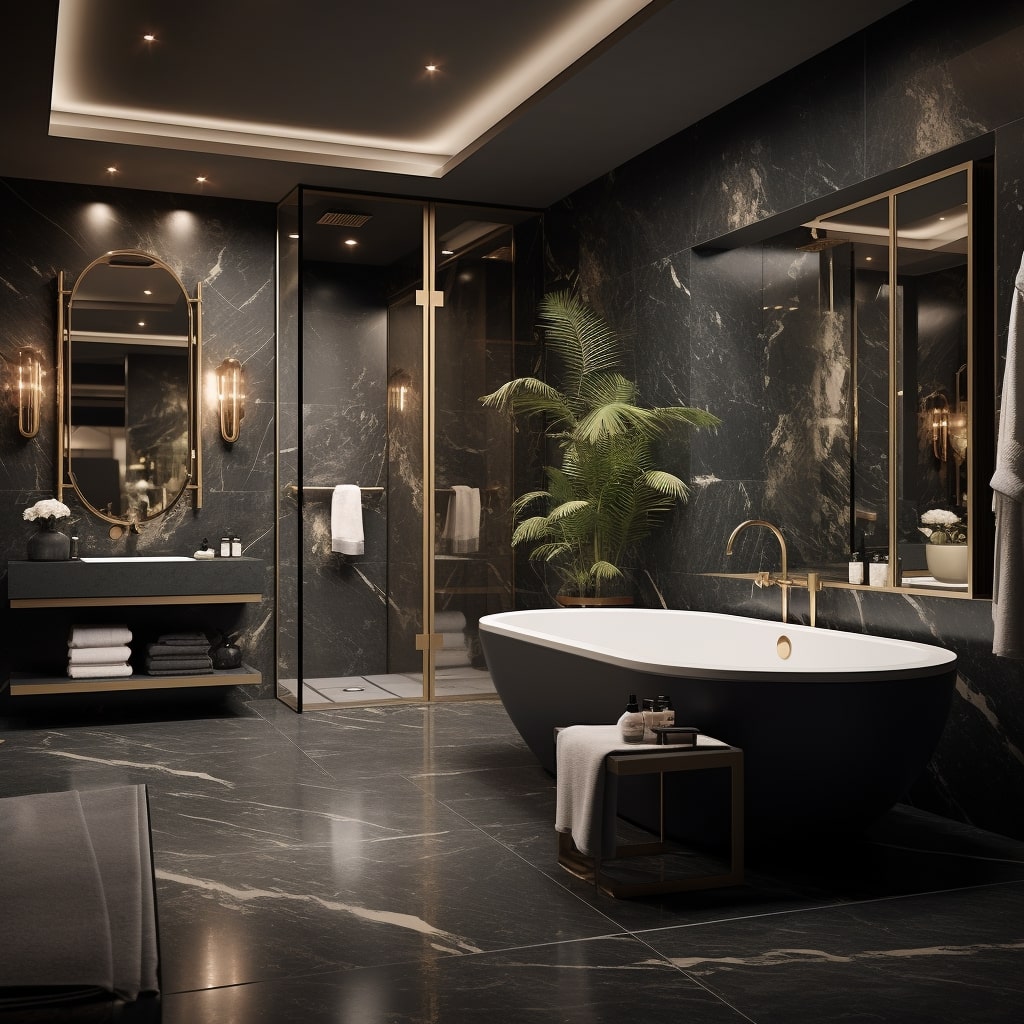
The Importance of Focal Points in Design
Creating a focal point is a crucial element in interior design as it adds visual interest and unity to a room. A well-thought-out focal point directs attention towards a specific area, commanding the viewer’s attention and ultimately contributing to the overall atmosphere of the space.
Characteristics of a good focal point include its ability to unify the design and its ability to serve its intended purpose, whether it’s to create a cozy, intimate space or to highlight a unique feature of the room. A good focal point should also be proportionate to the size of the space and the other design elements present.
Enhancing interior spaces with focal points can also serve a functional purpose. A focal point can create a sense of hierarchy in the room, allowing for intuitive traffic flow and visual cues on where to focus. Additionally, focal points can also provide a sense of balance and harmony to an interior space, effortlessly guiding the viewer’s gaze and enhancing the overall aesthetic appeal.
When designing a focal point, it is essential to consider the room’s purpose and its existing design elements. An appropriate focal point can be created with a statement piece such as an oversized artwork or a unique piece of furniture. Alternatively, existing architectural features like a fireplace or large windows can be used as the room’s focal point.
In summary, creating a focal point adds an important layer to interior design. It not only adds visual interest and balance to the space but also serves a functional purpose in directing the viewer’s attention and creating a sense of harmony. When appropriately designed, focal points enhance interior spaces, elevating the overall aesthetic appeal of the room.
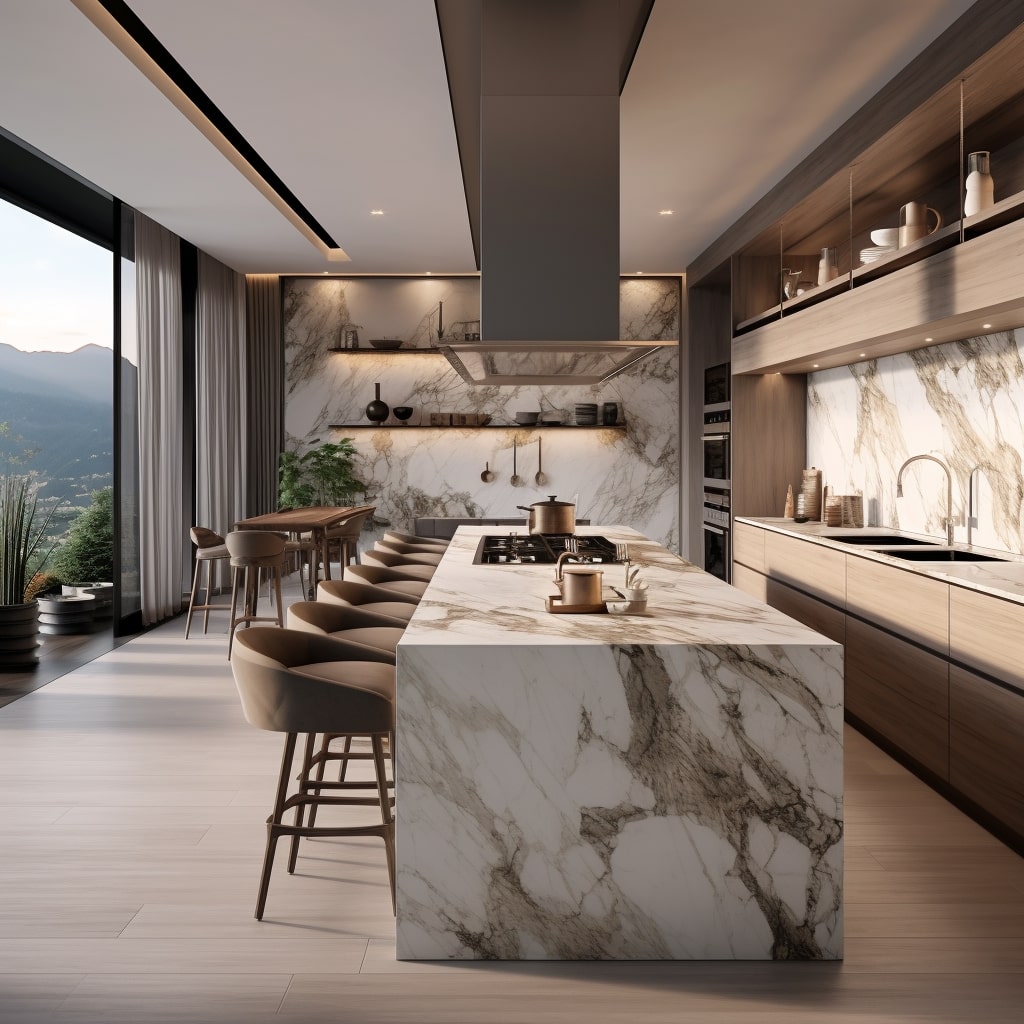
Choosing a Focal Point in a Room
Choosing a focal point in a room is crucial in creating a visually appealing space. The focal point should draw the eye and serve as the main point of interest. When selecting a focal point, it is essential to consider the room’s purpose and overall design to ensure the focal point complements the space.
Here are some tips for choosing a focal point in a room:
- Identify the room’s purpose. The focal point should reflect the room’s function. For example, a fireplace may serve as an ideal focal point in a living room.
- Consider the room’s existing architectural features. A room’s architectural elements, such as windows or built-in bookshelves, can serve as natural focal points.
- Choose an item or feature with visual interest. An eye-catching piece of artwork or unique piece of furniture can make an excellent focal point.
- Avoid overcrowding the room with multiple focal points. Too many focal points can be overwhelming and draw attention away from the space’s intended focus.
Remember, a well-chosen focal point can make a significant impact on the overall design of a room. Take the time to select a focal point that represents the space’s purpose and enhances its aesthetic appeal.
Designing Around a Focal Point
Once you have chosen a focal point for your interior space, it’s important to design around it to create a cohesive and visually appealing atmosphere. Here are some strategies to help you effectively design around your focal point:
Arrange Furniture Strategically
The way furniture is arranged in a room can either enhance or detract from the focal point. When arranging furniture, ensure that it points towards the focal point to draw visual attention. Additionally, consider the scale of furniture, as oversized or undersized pieces can disrupt the balance of the space.
Use Color to Complement
Color is an effective tool for complementing and enhancing a focal point. Consider using accent colors that complement the colors present in the focal point, or choose a neutral color palette that allows the focal point to stand out.
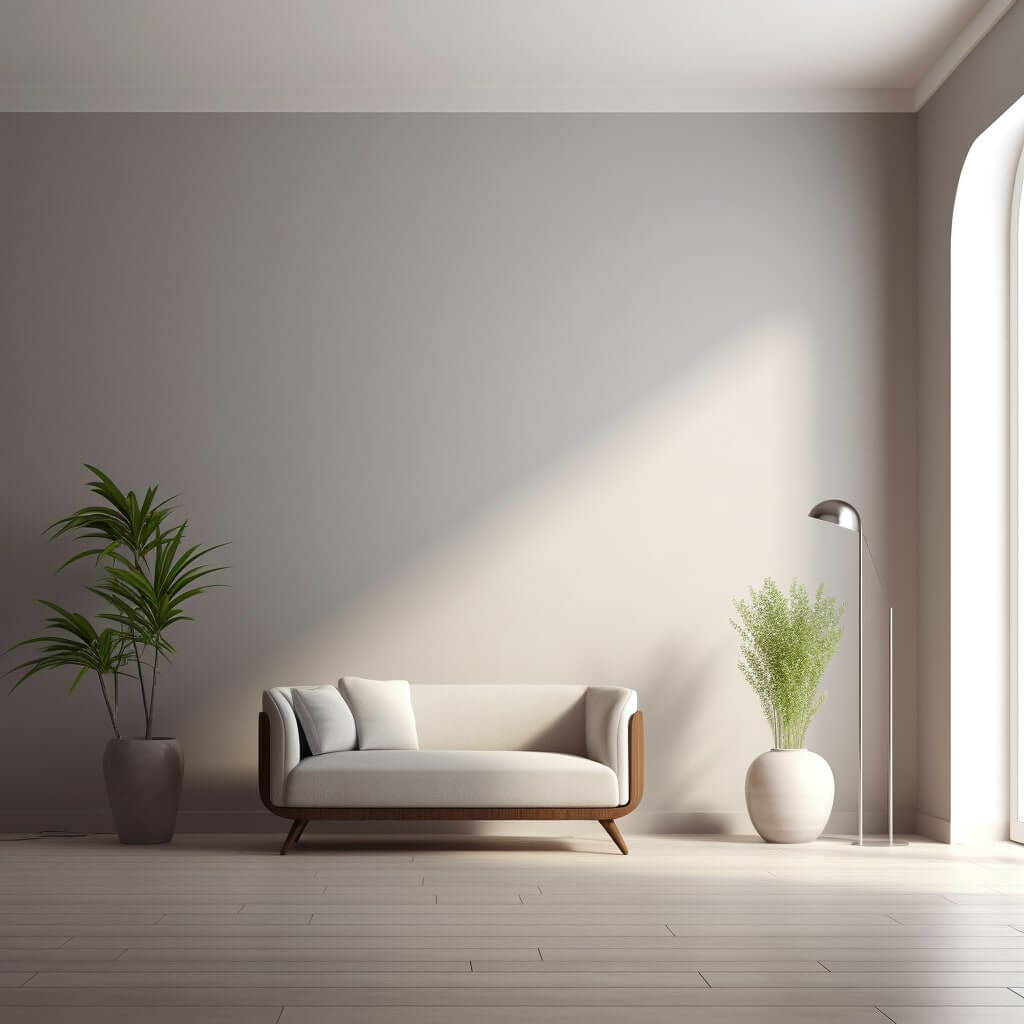
Incorporate Lighting
Lighting can be used to highlight the focal point and create an overall ambiance that accentuates its presence. Consider using spotlights, pendant lights, or floor lamps to illuminate the focal point and create a focal point of the light.
Integrate Other Design Elements
Incorporating other design elements, such as texture, pattern, and artwork, can also enhance the impact of a focal point. Choose elements that complement the focal point and contribute to the overall aesthetic of the space.
By applying these strategies, you can create a cohesive and visually impactful interior space designed around a captivating focal point.
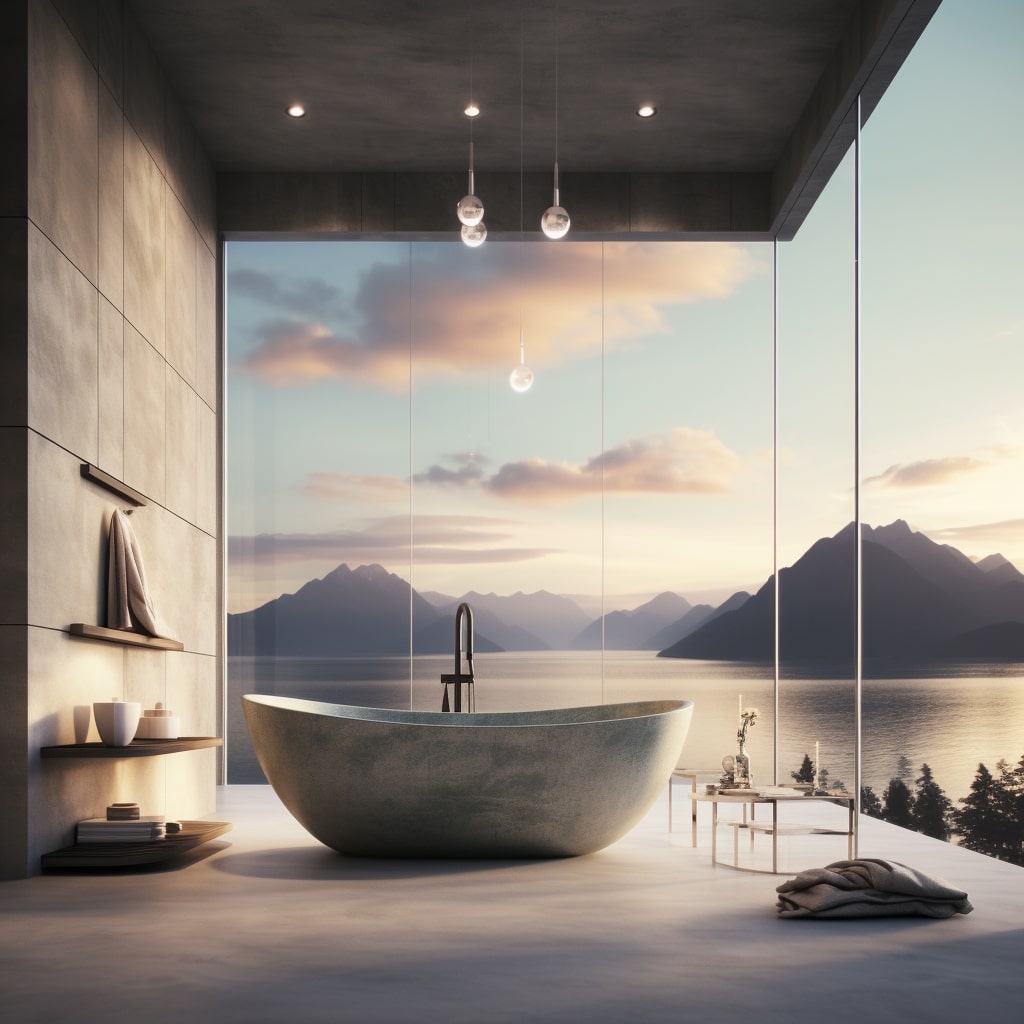
Using Color as a Focal Point in Design
Color is a powerful tool in interior design that can be used to create a focal point. When used strategically, color can draw attention, create visual interest, and add personality to a space. Here are some tips for using color as a focal point in your design:
1. Create an Accent Wall
Painting one wall a bold or contrasting color is a simple and effective way to create a focal point. The accent wall can serve as the backdrop for artwork, a statement furniture piece, or other decor elements that you want to highlight.
2. Incorporate Bold Furnishings
Introducing bold and colorful furnishings, such as a vibrant sofa or a statement rug, can also create a focal point. The key is to choose a piece that complements the overall design and adds visual interest to the space.
3. Use Artwork
Artwork is a great way to incorporate color and create a focal point in a room. Choose pieces that are bold and eye-catching, and consider hanging them on a wall that receives a lot of natural light to maximize their impact.
4. Experiment with Textiles
Textiles, such as curtains, pillows, and throws, are an easy way to add color and create a focal point without committing to a more permanent change, like painting a wall. Look for textiles that feature bold patterns or colors that complement the overall design of the space.
Remember that when using color as a focal point, less is often more. Choose one or two key elements to highlight and use more muted tones in the rest of the room to create a balanced and harmonious space.
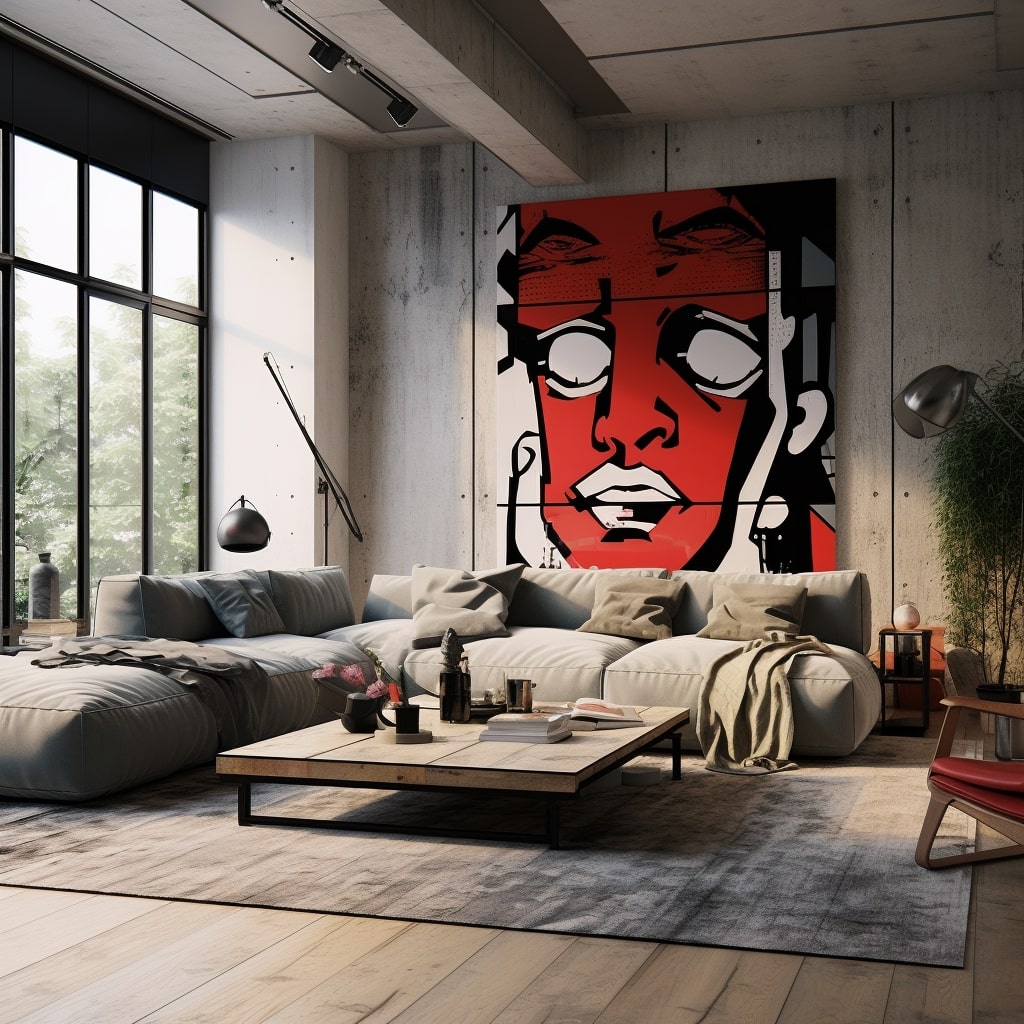
The Importance of Focal Points in Design
Focal points play a critical role in creating visually appealing and functional spaces. A well-chosen focal point can elevate the overall aesthetic appeal of a room, while also serving to guide the viewer’s attention and emphasize key features. Here are some characteristics of a good focal point in design:
- It should be the first thing that catches the eye when entering the room
- It should be visually interesting and unique, drawing attention away from other elements in the space
- It should complement the overall style and design of the room, while also providing a contrast to keep the space dynamic
By incorporating focal points strategically, designers can create an ebb and flow to the space that is calming to the eye and provides interest. Additionally, focal points can contribute to the functionality and atmosphere of a room.
For example, a fireplace in a living room serves as a natural focal point that can be enhanced with the addition of artwork or a mantle display. In a bedroom, a dramatic headboard can serve as a striking focal point while also providing a practical function.
The use of focal points can also help to define the purpose of a room. For example, a dining table with a chandelier above can clearly designate the space as a formal dining room, while a cozy reading nook with a comfortable chair and lamp can distinguish a corner of a living room as a place for rest and relaxation.
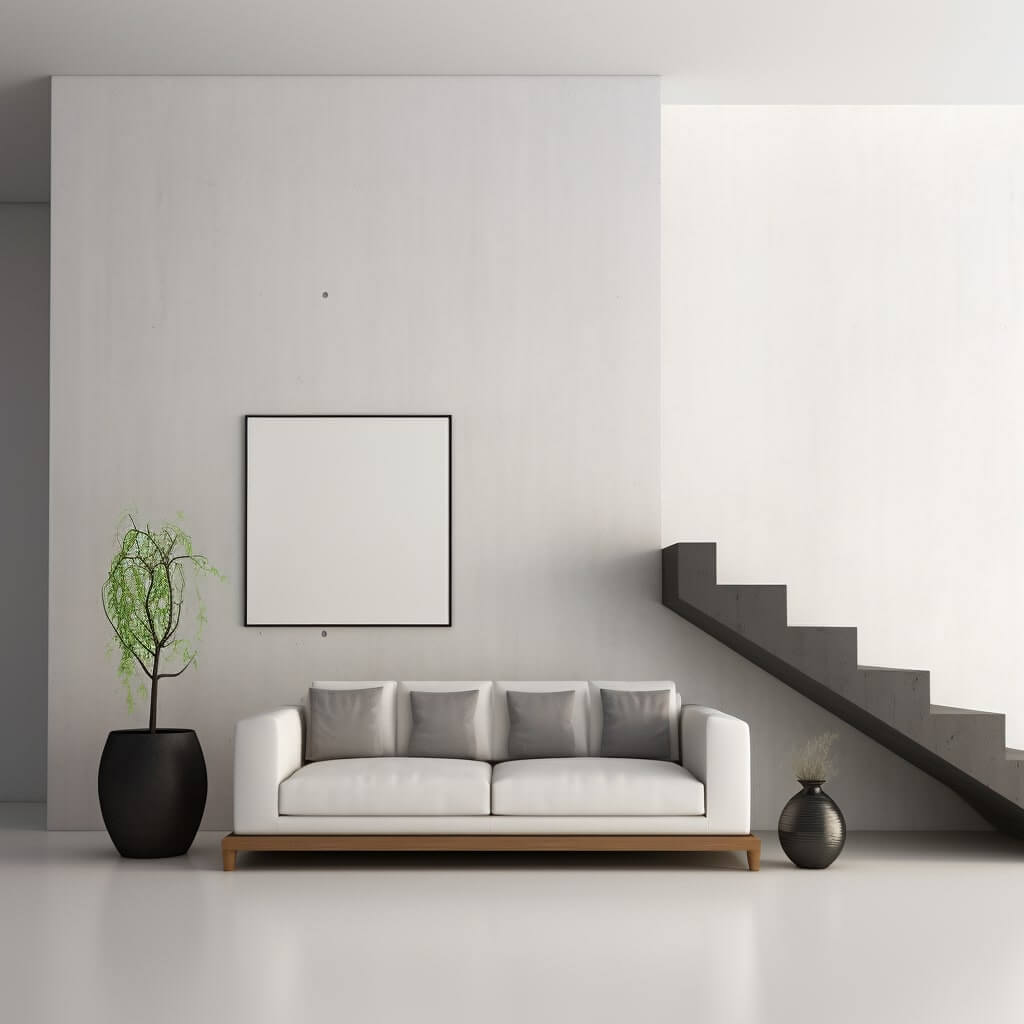
How to Create a Focal Point: Step-by-Step Guide
Creating a focal point in interior design can seem daunting, but it doesn’t have to be. By following these simple steps, you can easily create a visually captivating space with a strong focal point:
- Identify the space: Determine which area of the room you want to draw attention to and highlight as the focal point. This could be a feature such as a fireplace, a piece of artwork, or even a stunning view from a window.
- Select a color: Choose a color that complements the room’s existing color scheme and resonates with the chosen focal point. This color could be used as an accent color on a feature wall or in accessories such as throw pillows or curtains.
- Choose the right furniture: Arrange furniture in a way that enhances the chosen focal point. For example, if the focal point is a fireplace, then arranging the furniture to face the fireplace can create a cozy and inviting atmosphere.
- Add lighting: Proper lighting can enhance the impact of a focal point. Consider adding accent lighting, such as spotlights or wall sconces, to highlight the chosen feature.
Remember to keep in mind the overall design and functionality of the space when creating a focal point. A well-designed focal point can not only add visual interest to a room but can also contribute to the atmosphere and purpose of the space.
FAQs About Focal Points in Interior Design
If you still have questions about focal points in interior design, we’ve got you covered. Here are some frequently asked questions and their answers:
What is a focal point in interior design?
A focal point in interior design is a prominent element in a space that draws the eye and creates visual interest. It’s often the first thing you notice when entering a room and can be used to anchor and balance the overall design.
Why are focal points important in design?
Focal points are essential in design because they create visual interest and help to guide the eye through a space. They can also serve a functional purpose, such as highlighting a specific area or object. Without a focal point, a room can feel disjointed and lack visual appeal.
What are some examples of focal points in interior design?
Some common examples of focal points in interior design include a fireplace, a piece of artwork, a unique light fixture, a statement piece of furniture, or a bold accent wall. Any element that stands out and draws attention can be used as a focal point.
How do I choose a focal point in a room?
When choosing a focal point in a room, consider the function of the space and the overall design aesthetic. Look for elements that naturally draw the eye or consider adding a statement piece that complements the room’s theme. It’s also important to ensure the focal point doesn’t clash with other design elements in the space.
How do I design around a focal point?
To effectively design around a focal point, consider using complementary colors and textures to enhance its impact. Arrange furniture in a way that highlights the focal point without overshadowing it. You can also use lighting and other design elements to draw attention to the focal point and create a cohesive overall design.
How can I create a focal point in my home decor?
To create a focal point in your home decor, start by selecting a prominent element such as a piece of artwork or a unique piece of furniture. Arrange the room’s layout to highlight this element and use complementary colors and textures to enhance its impact. You can also use lighting to draw attention to the focal point and create a visually striking space.







